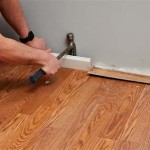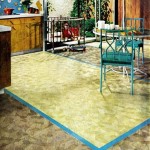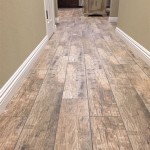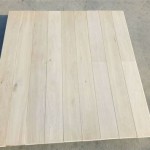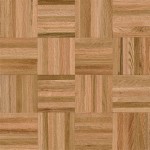Essential Aspects of Flooring Cleat Nails or Staples
When undertaking flooring projects, selecting the appropriate fasteners is crucial for ensuring a secure and long-lasting installation. Among the available options, flooring cleat nails and staples stand out as effective choices for various flooring types. This article will delve into the essential aspects of these fasteners, highlighting their benefits and considerations to help you make informed decisions for your project.
Types of Flooring Cleat Nails and Staples
Flooring cleat nails and staples come in various types, each designed for specific flooring materials and applications. Some common types include:
- Ring-shank flooring nails: Featuring ring-shaped shanks, these nails provide exceptional holding power in hardwood and engineered flooring.
- Smooth-shank flooring nails: Suitable for softer woods, such as pine and fir, these nails have smooth shanks that minimize wood splitting.
- Cleat nails: Similar to ring-shank nails, cleat nails have L-shaped heads that engage with the flooring grooves, ensuring a secure fit.
- Wire staples: These staples are commonly used with staple guns or nailers for quick and efficient fastening of tongue-and-groove flooring.
Factors to Consider When Choosing Flooring Cleat Nails or Staples
To select the most appropriate flooring cleat nails or staples for your project, consider the following factors:
- Flooring material: Different flooring materials require specific fasteners to ensure proper holding power and avoid damage.
- Subfloor type: The type of subfloor will influence the length and type of fastener needed for adequate penetration.
- Installation method: Whether using a hammer, nail gun, or staple gun, the fasteners must be compatible with the installation method.
- Nail or staple gauge: The gauge indicates the thickness of the fastener, which should be appropriate for the flooring material and desired holding strength.
- Head type: The head of the fastener should be designed to provide a secure hold without damaging the flooring surface.
Advantages of Flooring Cleat Nails or Staples
Using flooring cleat nails or staples offers several advantages:
- Secure fastening: These fasteners provide a strong hold, ensuring the flooring remains securely in place.
- Hideaway installation: Cleat nails and staples can be hidden within the flooring grooves, maintaining a clean and aesthetically pleasing appearance.
- Quick and efficient installation: Using nail guns or staple guns allows for fast and efficient installation, saving time.
- Affordability: Flooring cleat nails and staples are generally affordable and widely available.
- Compatibility: These fasteners are compatible with a range of flooring materials, including hardwood, engineered flooring, and laminate.
Conclusion
Choosing the right flooring cleat nails or staples is essential for a successful flooring installation. By considering the type of flooring, subfloor, and installation method, you can select fasteners that provide secure fastening, hideaway installation, and long-lasting performance. Whether you're a DIY enthusiast or a professional installer, understanding the essential aspects of flooring cleat nails and staples will help you make informed decisions for your project.

Cleat Nails Vs Staples An Overview Hardwood Floors

Deciding Between Cleats Vs Staples When Nailing Your Hardwood Floor Diy Floors Unique Wood

Cleat Nails Vs Staples An Overview Hardwood Floors

Primatech Cleats Staples Hy Cor International Inc

Flooring Fasteners Cleats Vs Staples Fine Homebuilding

How Many Nails Staples For Hardwood Floor Installation

Flooring Fasteners Cleats Vs Staples Fine Homebuilding

Dewalt 2 In 1 Pneumatic 15 5 Gauge And 16 Flooring Tool Dwfp12569 The Home Depot

The Ultimate Guide To Choosing Right Flooring Staples For Your Project

Powernail 2 In X 16 Gauge Powercleats Stainless Steel Hardwood Flooring Nails 1000 Pack L 200 16ss The Home Depot
Related Posts


